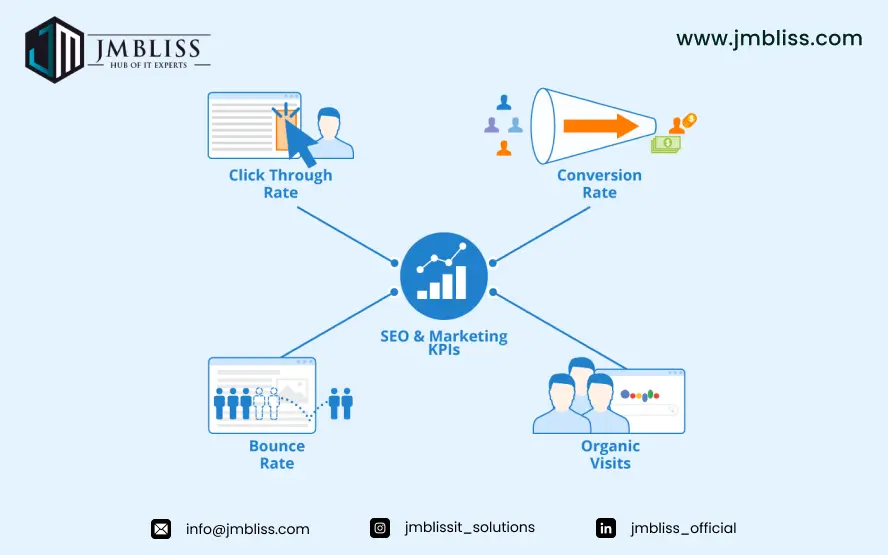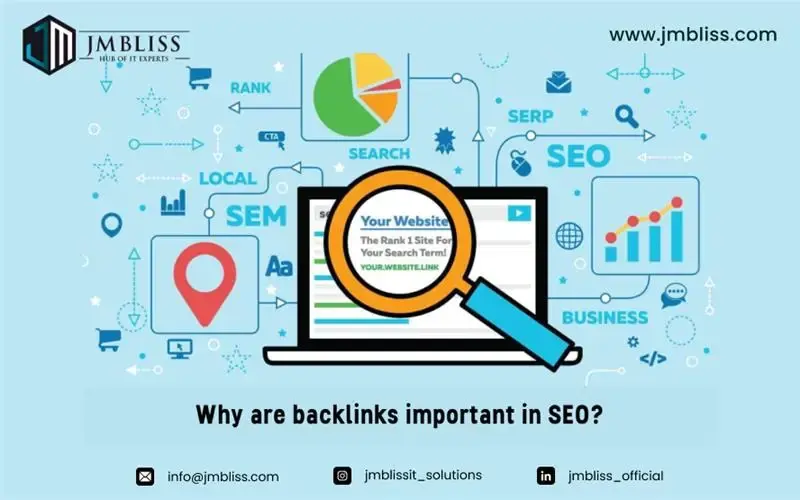
What are the 7 Stages of Web Development? In today’s digitally driven market, having an impactful online presence is essential for business growth. From showcasing your brand to generating leads, a professionally crafted website lays the groundwork for credibility, engagement, and conversion.
Collaborating with a website development agency in India ensures that each step of your online journey is structured, efficient, and tailored to modern standards. This article will explore the seven critical stages involved in developing a website, offering valuable insights into the process.
Benefits of Website Development
A well-designed website is more than an online placeholder. It offers advantages such as
- Enhanced brand visibility
- Better user engagement
- Streamlined navigation
- Mobile and SEO optimization
- Lead generation and conversion
- Cost-effective marketing
- Scalability and future upgrades
These features come together to deliver a seamless experience for both business owners and end-users.
Types of Websites
Understanding the nature of your project determines the technology and design choices involved. Major categories include
- Static Sites: Basic HTML-based pages without dynamic functionality.
- Dynamic Websites: Updated regularly with database integration.
- E-commerce Platforms: Digital stores for products and services.
- Portfolio Websites: Ideal for creatives or freelancers.
- Corporate Sites: Built for large-scale enterprises.
- Blogs and Forums: Community or content-based formats.
- Web Applications: Complex software accessed via browsers.
Partnering with a reliable website development agency in India will help you choose the ideal model for your business goals.
Requirement Gathering
The first stage revolves around identifying the project’s purpose, audience, and objectives. Stakeholders and developers communicate to understand specific expectations and functions the website must fulfill. Discussions often include design inspiration, competitor research, target demographics, and overall branding tone.
This foundational phase also covers technical needs like domain name registration, hosting options, and deciding on the technology stack. Wire framing tools or documents may be prepared to visually represent potential layouts. Accurate planning during this step prevents issues later on and streamlines workflow for developers and designers alike.
Planning and Strategy
Once goals are clearly defined, a blueprint is constructed. This roadmap details the site structure, number of pages, content sections, feature prioritization, and timeline. Sitemaps are generated to establish navigation flow, ensuring the visitor journey is intuitive.
A content management system (CMS) such as Word Press or Drupal might be selected depending on user needs. Accessibility standards, responsive design, and mobile compatibility are also discussed. Strategy also involves outlining SEO architecture, such as metadata, schema implementation, and page speed optimization.
This stage is a collaborative effort between strategists, content creators, and tech teams, helping ensure that all requirements align before actual coding begins.
Design Phase
At this stage, aesthetics and branding come into play. Designers begin developing visual mockups or UI prototypes based on approved wireframes and strategic planning. Color schemes, typography, buttons, iconography, and image placements are tested and refined.
User interface (UI) and user experience (UX) design ensure that the final product is appealing and easy to use. Responsive frameworks such as Bootstrap are utilized to accommodate varying screen sizes. Attention is also given to navigation menus, CTAs (Call to Actions), and layout hierarchy.
Clients are presented with design previews for feedback, allowing for refinements before advancing to development. Every detail is crafted with a focus on both functionality and appearance.
Development Process
This is where the design is translated into code. Front-end developers use HTML, CSS, and JavaScript to implement the interface, while back-end developers work on server-side logic, database management, and API integration using languages like PHP, Python, or Node.js.
Depending on the website type, features like login systems, payment gateways, search bars, and content upload mechanisms are integrated. E-commerce platforms may include inventory controls and shipping modules. Custom CMS or admin panels may also be created.
Developers follow the Agile or Scrum methodologies for iterative development, testing modules in phases for better results. Clean, secure, and scalable code forms the backbone of this step.
Testing and Quality Assurance
After development, rigorous testing ensures everything functions as intended. The team runs compatibility checks across various browsers (Chrome, Firefox, Safari) and devices (desktop, tablet, mobile). Each interactive element is verified to ensure responsiveness, accuracy, and usability.
Bug identification, fixing, and regression testing are crucial to preventing post-launch issues. Performance tools are used to evaluate page speed, load times, and broken links. Form validations, error handling, and database security are examined carefully.
SEO audits are conducted to optimize page content, image alt-tags, meta descriptions, and URL structures. Accessibility standards such as ARIA labels are checked to cater to differently-abled users.
Deployment and Launch
Once tested and approved, the site is moved from the staging server to a live environment. DNS settings are configured, and backups are secured in case of emergency rollback. Final performance checks are carried out to ensure hosting environments are functioning optimally.
Search engines are notified for indexing using Google Search Console. The sitemap and robots.txt file are uploaded, and tracking tools such as Google Analytics are embedded for insights. A successful launch involves seamless functionality without any interruptions to user experience.
Even post-launch, updates or minor tweaks may be required to adapt to user behavior or correct unforeseen errors.
Maintenance and Support
Development doesn’t end with launch. Continuous monitoring is essential to keep the site secure, fast, and up-to-date. This stage includes:
- Regular backups
- Plugin or software updates
- Fixing technical issues
- Monitoring uptime and server performance
- Enhancing security protocols
Content updates, feature upgrades, and design refinements are handled as per client needs. Analytics data is analyzed to understand user behavior and optimize accordingly. A responsive website development agency in India ensures your website grows in sync with your business.
Conclusion
Building a successful website is a structured process that involves creativity, strategy, coding, testing, and long-term care.
Partnering with a professional website development agency in India gives you access to a team of specialists who manage each of these seven stages seamlessly. Whether you’re a startup, entrepreneur, or a well-established corporation, understanding these phases ensures clarity and direction in your digital transformation journey.
FAQs
1.How long does it take to build a website?
Timelines vary depending on complexity. A basic site may take 2–4 weeks, while advanced portals might need several months.
2.Can I update my site content later?
Absolutely. Using CMS platforms like Word Press allows you to manage content without technical help.
3.How much does it cost to develop a website?
Costs depend on design, features, technology, and scope. It’s best to request a quote from a website development agency in India for accurate pricing.
4.What happens if my site crashes after launch?
Ongoing maintenance plans ensure prompt fixes, backups, and monitoring to prevent downtime.
 Get A Quote
Get A Quote




